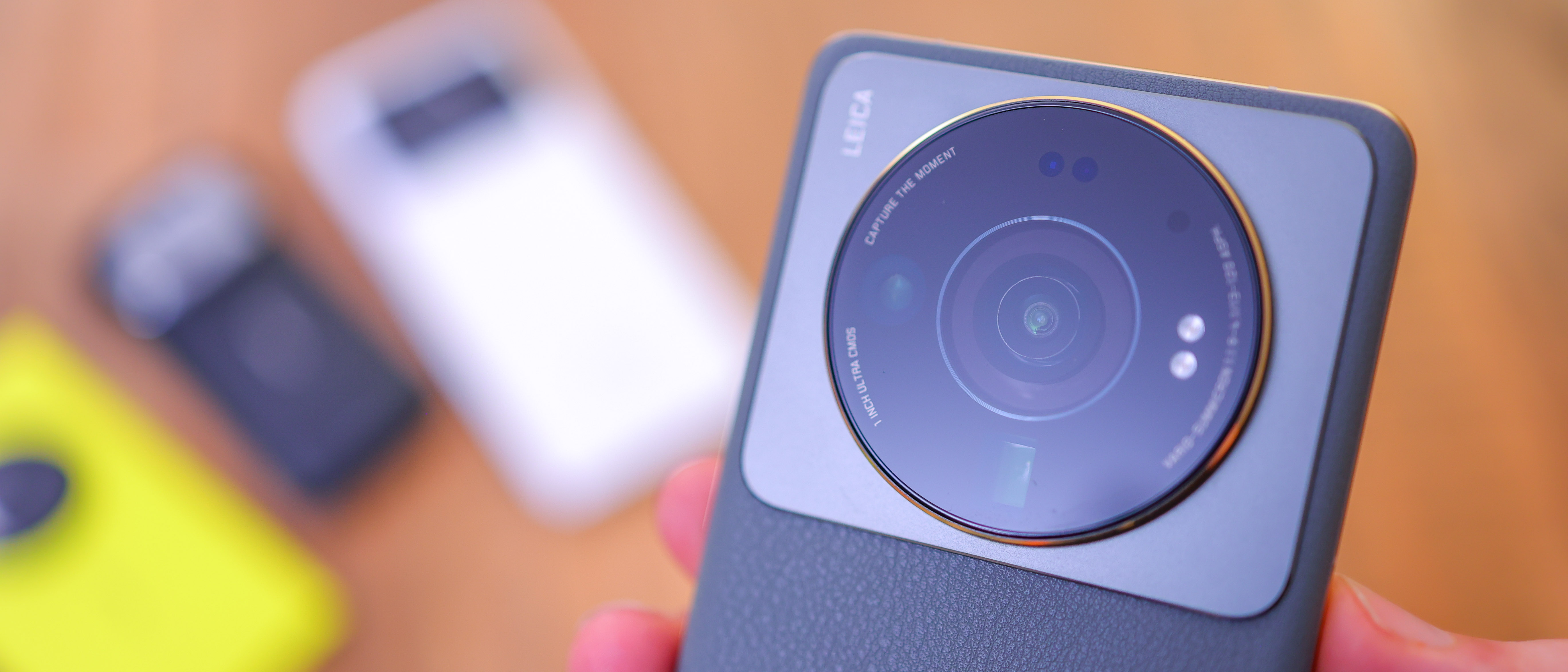Early Verdict
The Xiaomi 12s Ultra is a showcase piece that highlights just how far Xiaomi has come as a brand and a smartphone maker. Partnerships with Leica and Harmon Kardon, world-first camera tech, and excellent real-world results make the phone a mighty option. While it's no doubt frustrating that it isn't available in the West, it should ensure photography enthusiasts keep Xiaomi firmly in their sights going into 2023.
Pros
- +
Best-in-class camera hardware
- +
Premium styling and build
- +
Quality 120Hz AMOLED display
- +
Mighty performance
Cons
- -
No Western release planned
- -
A thick profile and heavy weight
- -
Inconsistent quality across cameras
- -
Pre-installed bloatware
Why you can trust TechRadar
It isn't often that a landmark phone like the Xiaomi 12s Ultra comes along and marks a breakthrough in camera technology. As the first phone to feature a 1-inch camera sensor – credentials previously reserved for high-end compact cameras like the Sony RX100 IIV – it closes the gap between the two product categories like no other.
This isn't Xiaomi's first foray into class-leading camera sensors. The Xiaomi Mi 11 Ultra started the brand on its wave-making, camera-claxon-honking journey. Then came Xiaomi's Leica partnership and now, we have the Xiaomi 12s Ultra.
Despite having world-class camera tech inside, unfortunately, you can't buy the Xiaomi 12s Ultra just anywhere in the world – it's only available in China. Given its status as a technology showcase device, though, it's definitely worth some hands-on time with the phone and its mighty 1-inch, 50MP Sony IMX989 sensor.
Xiaomi 12s Ultra release date and price
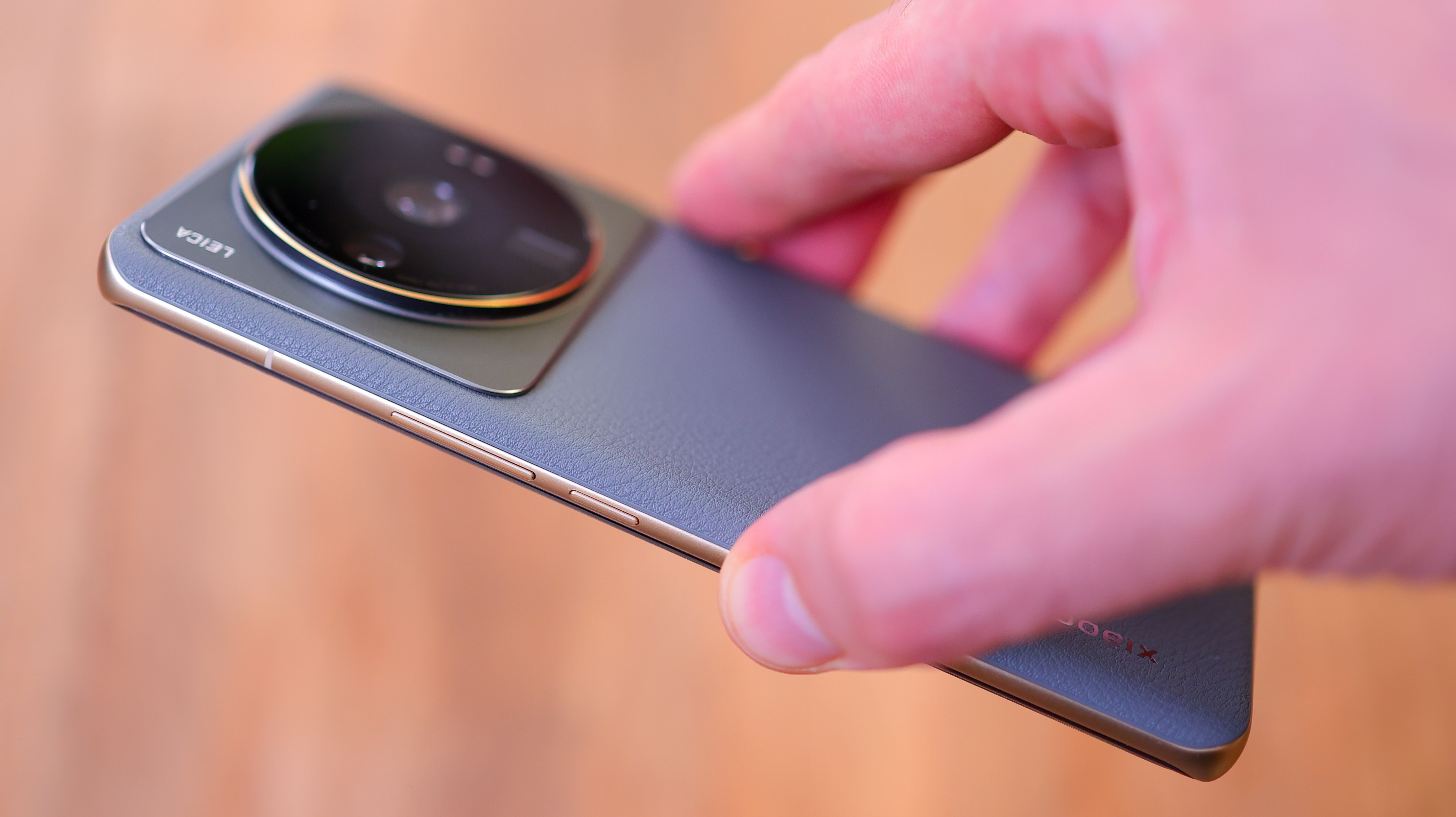
Considering the Xiaomi 12s Ultra is a flagship camera phone with the latest Qualcomm Snapdragon 8 Plus Gen 1 power, you'd expect it to be one of the priciest smartphones on the scene. But phones generally cost less in China than in the UK or US, especially Chinese phones. That's why the Xiaomi 12s Ultra costs less than the Samsung Galaxy S22 Ultra and iPhone 13 Pro Max, even if you import it.
- 8GB RAM / 256GB: 5,999 Yuan (roughly $890 / £735)
- 12GB RAM / 256GB: 6,499 Yuan (roughly $960 / £795)
- 12GB RAM / 512GB: 6,999 Yuan (roughly $1,035 / £855)
The Xiaomi 12s Ultra comes in two colors, Classic Black and Verdant Green, with the latter looking more like a light grey. Both flavors pack leather-styled backs and cost the same.
With no availability in the UK or US, import prices will likely vary wildly. If you're thinking about picking one up, shop around and check reviews of the importer you use to make sure you get a legitimate Xiaomi 12s Ultra.

Xiaomi 12s Ultra design and display
If you've used the Xiaomi Mi 11 Ultra and are expecting a rehashed design, think again. The 12s Ultra is an overhaul. It ditches the small second screen on the back of the 11 Ultra and moves the line from gimmicks to gravitas with the new, circular camera surround that commands attention.
Sign up for breaking news, reviews, opinion, top tech deals, and more.
The 12s Ultra is a thick phone. Xiaomi states it's around 9.1mm, but that only takes the frame into account. In the flesh, the phone actually clocks in at about 1.3cm thick when you include the camera bump.
At 225g, the Xiaomi 12s Ultra is weighty too – weighing somewhere between the iPhone 13 Pro (204g) and Pro Max (240g). Its matte metal frame tapers in elegantly at the sides, where the power button sits below a volume rocker on the right.
At the base of the phone are a USB-C port, SIM card slot, and speaker. At the top are a second speaker, an IR blaster, and Harman Kardon branding. Around the back of the phone, it's all about that camera.
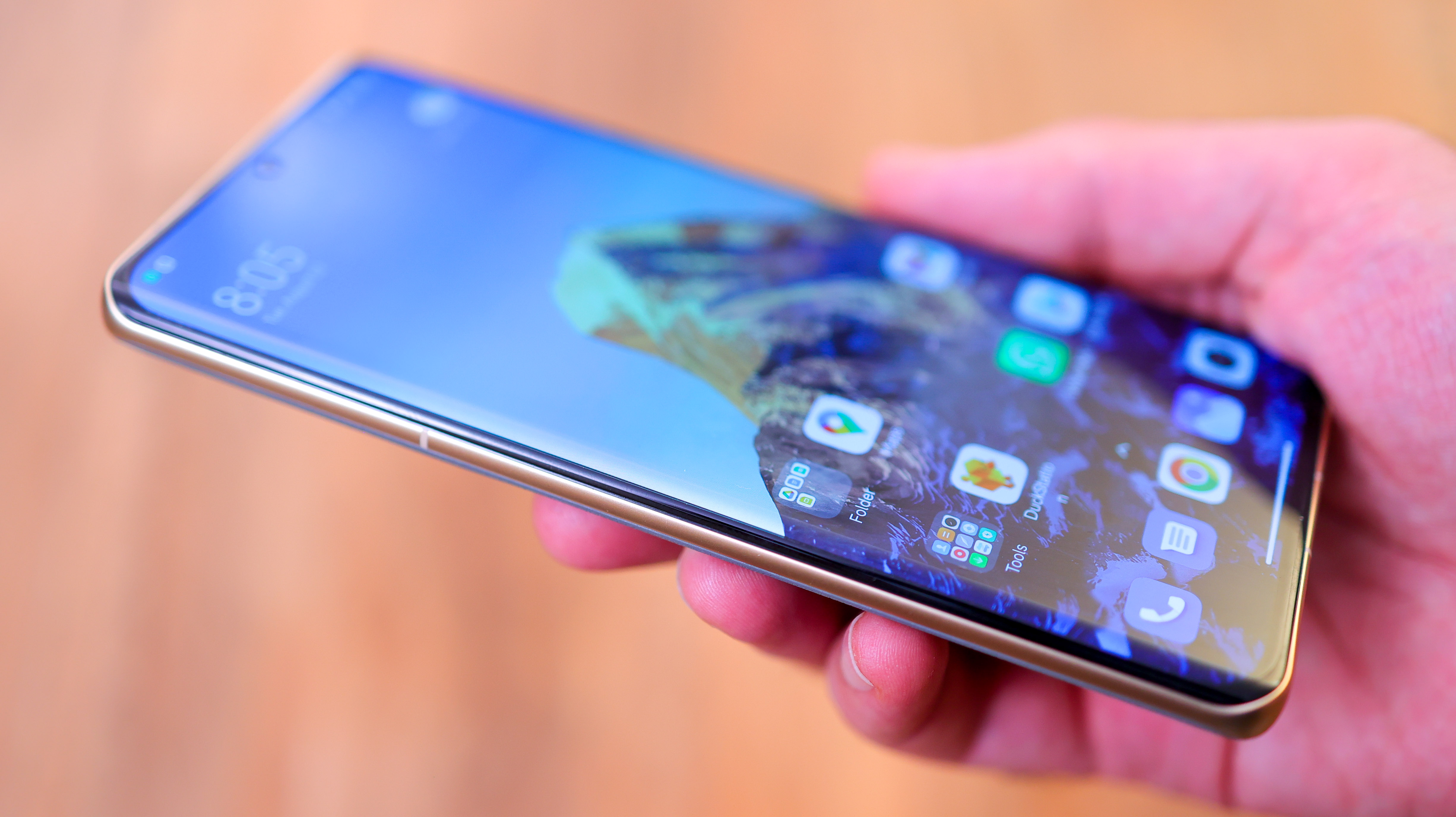
With a 6.73-inch screen, on top of being a hefty phone, the Xiaomi 12s Ultra is a palm and pocket filler. It isn't as expansive as the Galaxy S22 Ultra or Note 20 Ultra with their 6.8- and 6.9-inch screens, though.
We're testing the Green version, which sets a grey-green vegan leather back against a soft gold metal frame, and a blasted silver camera surround. It feels rich, premium, and expensive, celebrating the 12s Ultra's size with confidence.
Leica's branding is featured on the back of the phone, so between the Leica and Harman Kardon insignias adorning the 12s's body, Xiaomi's clearly leveraging noteworthy Western brands to boost its credibility.

As for the screen quality, it's a second-generation LTPO AMOLED display with a 2K resolution, so it looks bold, vibrant, and punchy. It gets bright too, climbing up to over 1,000 nits.
In the top center of the display is a 32MP punch hole selfie camera and in the bottom center, is an under-display fingerprint scanner. The front and back elegantly round off into the sides, which is pleasingly contrasted against the flat top and bottom of the 12s Ultra.
Ultimately, the Xiaomi 12s Ultra's design does a great job of being all about the camera without forgetting that it's a smartphone. The phone feels special, the vegan leather back has a warmer tactility than glass or metal phones, and the bold, prominent camera bump is appropriately striking without sabotaging the cohesiveness of the package. It's a big improvement over the Xiaomi Mi 11 Ultra and a stylish co-branding effort with Leica – hats-off Xiaomi.

Xiaomi 12s Ultra cameras

There are three cameras on the back of the Xiaomi 12s Ultra and one on the front. Only one of these cameras is headline-grabbing, the primary 50MP Sony IMX989 sensor with its competition-beating size.
Big camera sensors usually translate to better pictures because they can capture light better – the basis for any picture. More light means a higher-quality photo. There's a lot more to it than that – camera software, photo processing, and more – but as a general rule of thumb, it holds water. So, with the biggest sensor of them all, the 12s Ultra should be a camera champ.
On top of a great sensor, the 12s Ultra's main camera features optical image stabilization (OIS), an f/1.9 aperture, a lens that comprises eight elements, and phase detection autofocus (PDAF).
As for the other cameras on Xiaomi's camera flagship, they both have two 48MP 1/2-inch sensors, with the ultra-wide angle camera featuring a 13mm focal length and the telephoto camera featuring a 120mm focal length. This equates to a roughly 5x zoom telephoto experience.
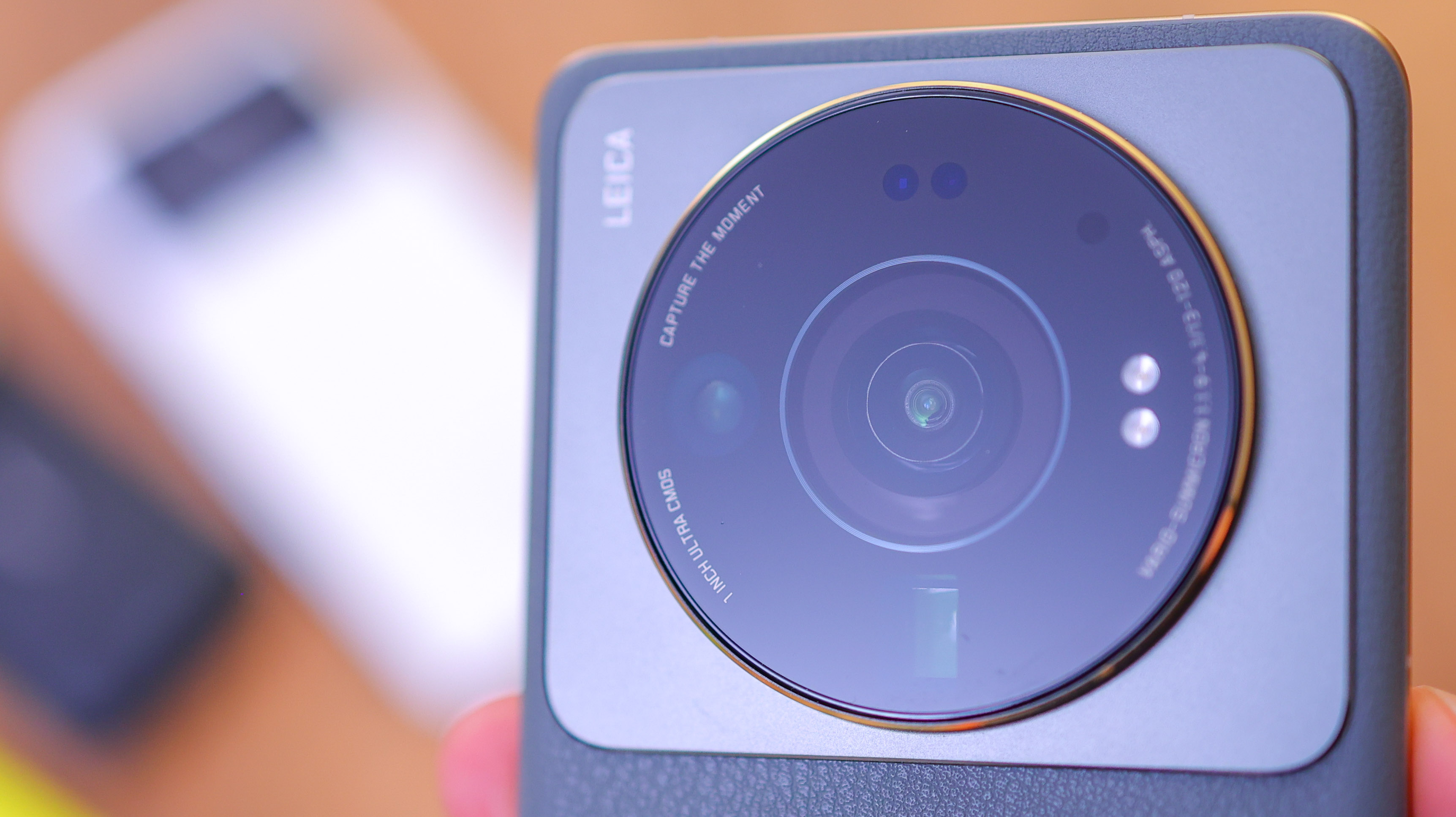
After a couple of weeks with the phone, it's difficult not to be impressed with what Xiaomi's done. A year after the good-but-not-great Mi 11 Ultra, the smartphone maker's gone back to the drawing board to address its shortcomings – heat management and photo processing – improving the experience across the board.
Besting its predecessor when it comes to depth of field and dynamic range, the sensor quality of the Xiaomi 12s Ultra's main camera is excellent. Subjects closer than one meter pull focus, while the natural-looking background and foreground separation help them pop. Smartphones don't usually do that without portrait mode fired up, but this one does.
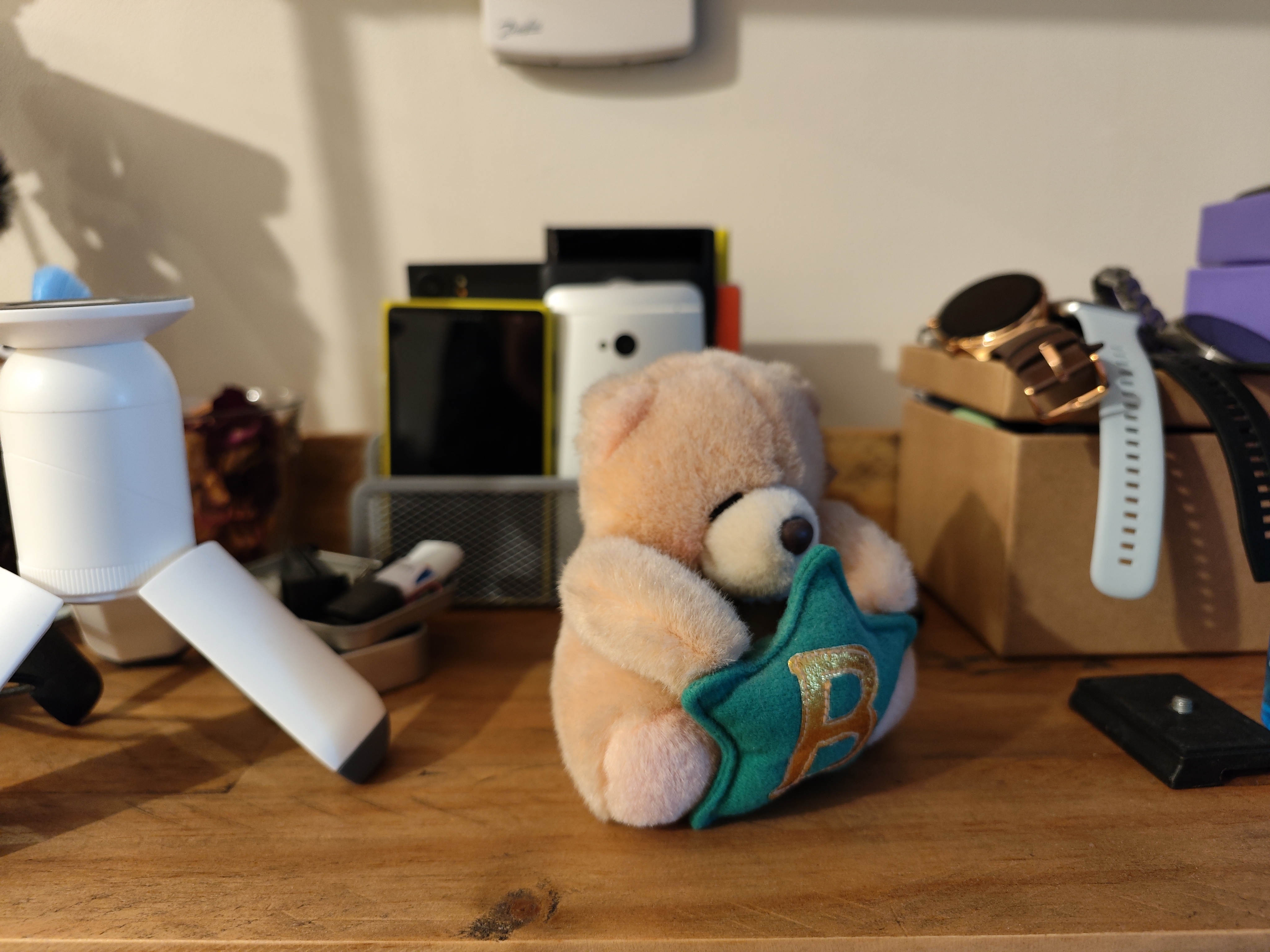





There are two photo modes, Leica Natural and Leica Vivid. This gives users a choice between cool and subdued (Natural) and vibrant and punchy (vivid). We usually like natural-looking photography but preferred the Leica Vivid look here. It produces photos with excellent dynamic range. Loads of shadow detail can be pulled out from dark areas, and highlights are well handled, so bright spots don't tend to look blown out.
While you shouldn't expect best-in-class zooming or a best-in-class ultra-wide angle – Samsung wins the zoom battle with its S22 Ultra, and the ultra-wide win goes to the Oppo Find X5 Pro – no primary camera can touch the Xiaomi 12s Ultra when it comes to hardware.
As for its selfie credentials, on the front of the Xiaomi 12s Ultra is a 32MP camera with an f/2.4 aperture and a wide angle.
Xiaomi 12s Ultra performance and specs

Even if you ignore the camera, the Xiaomi 12s Ultra is still a cutting-edge flagship smartphone, featuring a new Snapdragon 8 Plus Gen 1 chipset, the same power introduced on the excellent Asus ROG Phone 6. It also gets either 8GB or 12GB RAM, and 128GB, 256GB or 512GB storage.
With superior heat management than the Mi 11 Ultra, the 12s Ultra is gaming-ready and handles titles like Genshin Impact and Tower of Fantasy very well. The 12s Ultra has a 4860mAh battery and 67W fast charging. You can get flagships with higher-capacity and faster-charging batteries, but Xiaomi's included 50W wireless charging is quicker than most of the competition, making the package competitive even if it isn't class-leading.
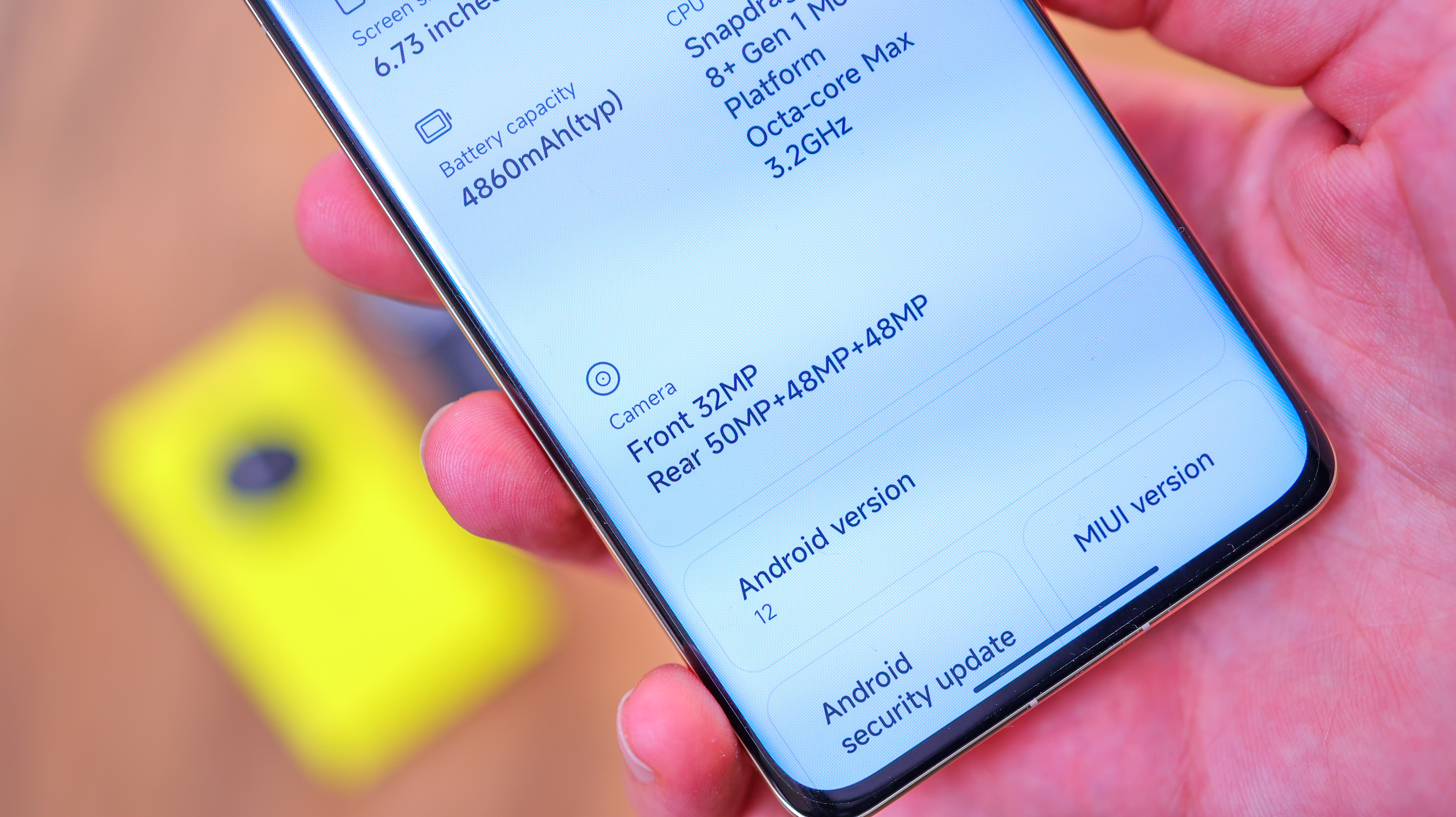
The Chinese version of the Xiaomi 12s Ultra might seem inaccessible to Westerners upon firing it up – there are loads of Chinese apps, and there's no Google Play Store, despite the fact the phone runs with Android 12.
Once you install Google Play Services for AR, you can quickly and easily side-load all the Google apps you need, from Chrome to YouTube, and Maps to the Play Store. We even added a credit card to Google Wallet and it worked well.
There are some oddities when using a non-native Western phone, mainly around permissions. Setting up WhatsApp requires manually setting permissions to be able to receive notifications and see contacts' names in your message list, for example. The only feature we couldn't get to work during our time with it, despite our best efforts, was Google's Nearby Share.
If you want to brave importing the Xiaomi 12s Ultra, we suggest you know your way around an Android phone. You'll need to tinker with the phone to make everything work well. Even then, it won't be polished to the point of perfection – some push notifications may come through with a delay, for example. Still, if you really need that huge 1-inch camera sensor in your life and can't wait for a Western phone to ship with it, importing the 12s Ultra is the only way to go.
Early verdict
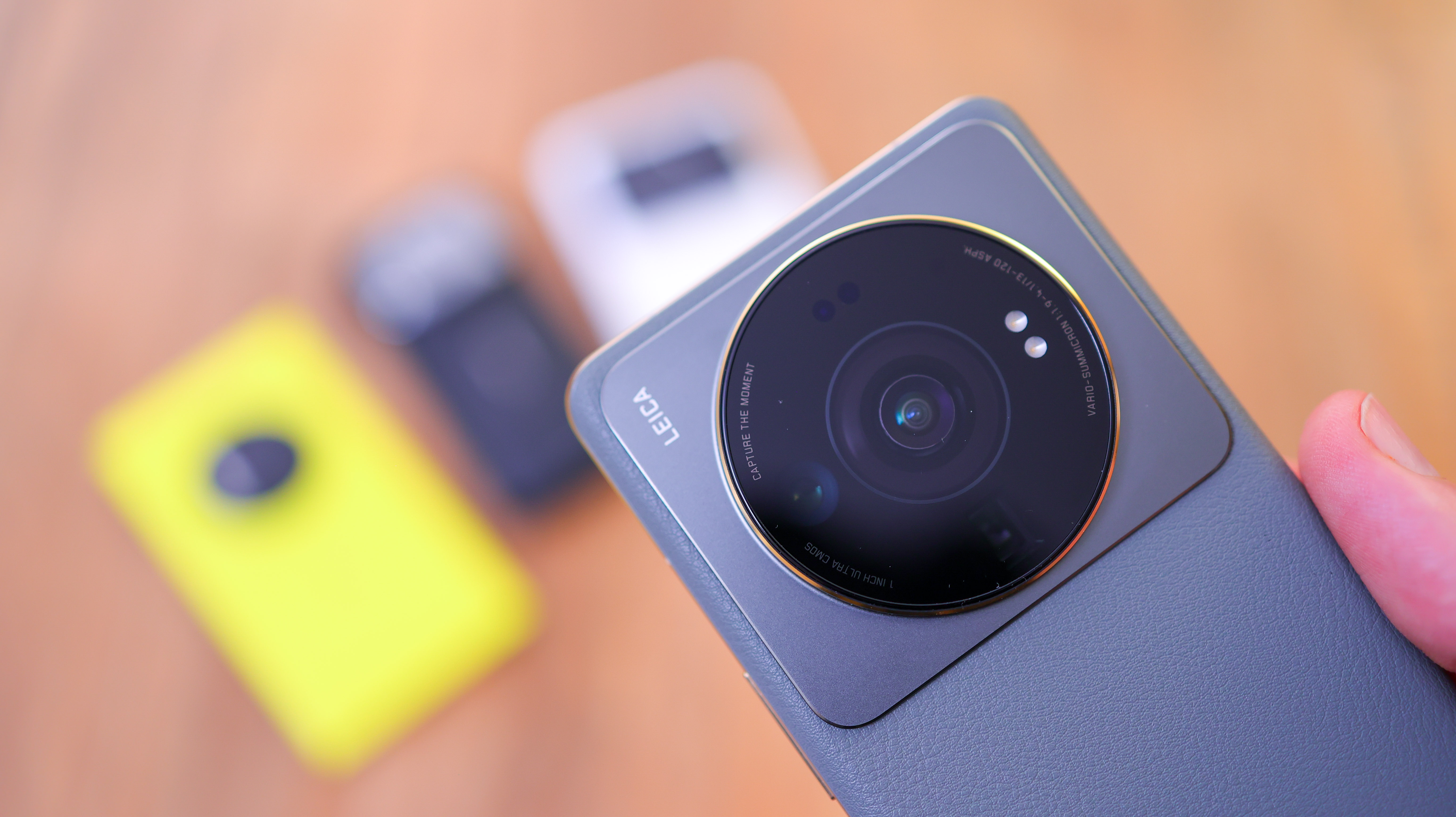
The Xiaomi 12s Ultra is a camera breakthrough, and it's also a breakthrough for Xiaomi, representing the brand's first smartphone to feature Leica co-branding. Combining a fantastic camera system with great design and a bright, bold screen, it packs plenty of power. If we lived in China, we'd be picking one up for ourselves, no doubt about it.
Practically speaking, though, while the Xiaomi 12s Ultra's photos are exceptional, its camera wouldn't be transformative for many smartphone users. The extremely shallow depth of field isn't always practical for capturing close-up objects like documents. Until smartphones with big sensors get variable apertures, this will continue to be a sticking point.
Computational photography and processing are also so advanced that phones like Apple's iPhone 13 Pro Max and Google's Pixel 6 Pro can capture excellent photos despite packing inferior hardware to the Xiaomi 12s Ultra.
The 12s Ultra is a showcase piece demonstrating to the world just how far Xiaomi has come. It also happens to be amongst the best smartphones out there, with no real chinks in its armor; other than the fact you can't buy it outside China.

Basil Kronfli is the Head of content at Make Honey and freelance technology journalist. He is an experienced writer and producer and is skilled in video production, and runs the technology YouTube channel TechEdit.
What is a hands on review?
Hands on reviews' are a journalist's first impressions of a piece of kit based on spending some time with it. It may be just a few moments, or a few hours. The important thing is we have been able to play with it ourselves and can give you some sense of what it's like to use, even if it's only an embryonic view. For more information, see TechRadar's Reviews Guarantee.
